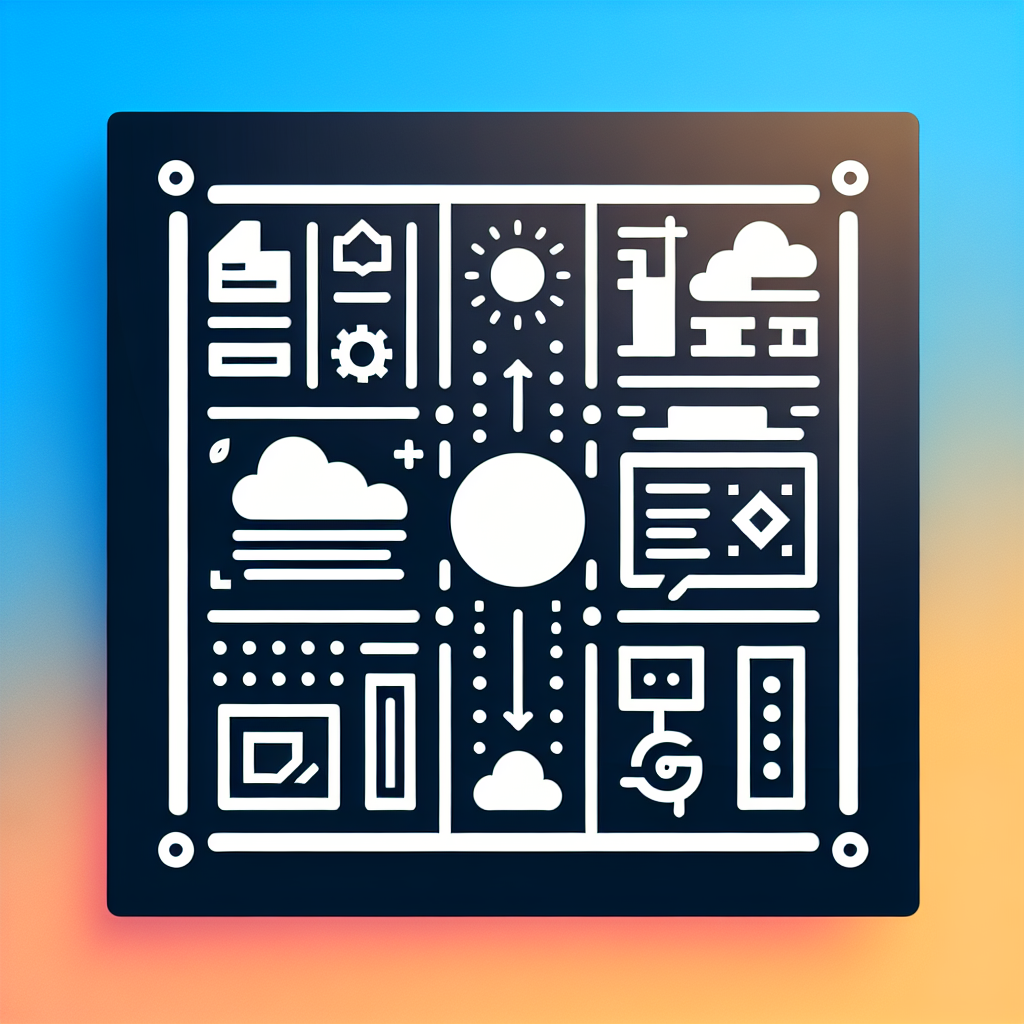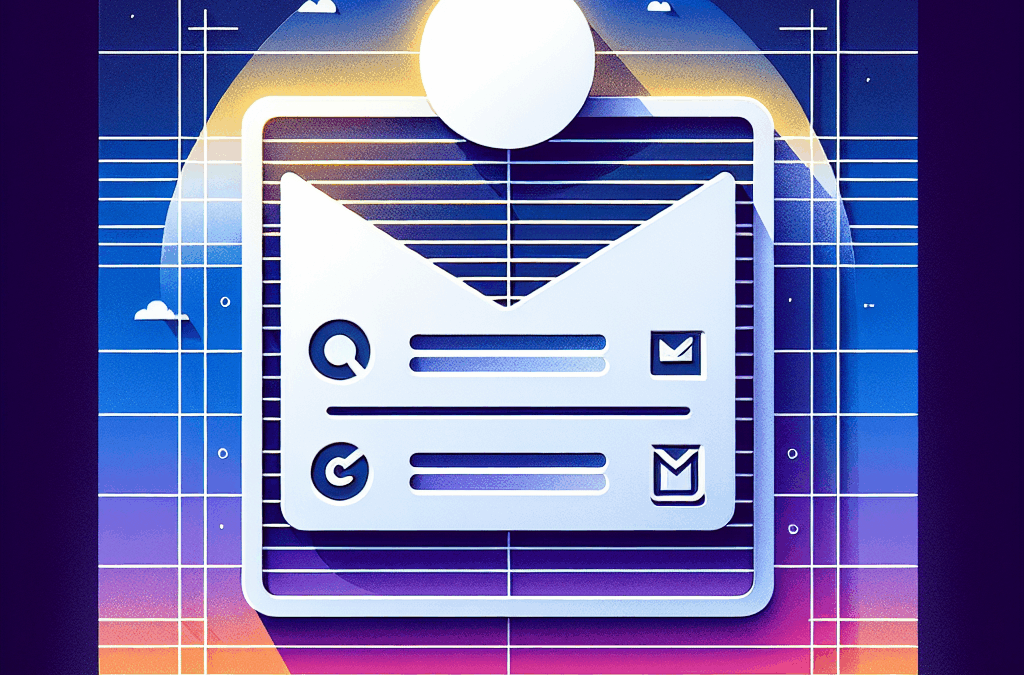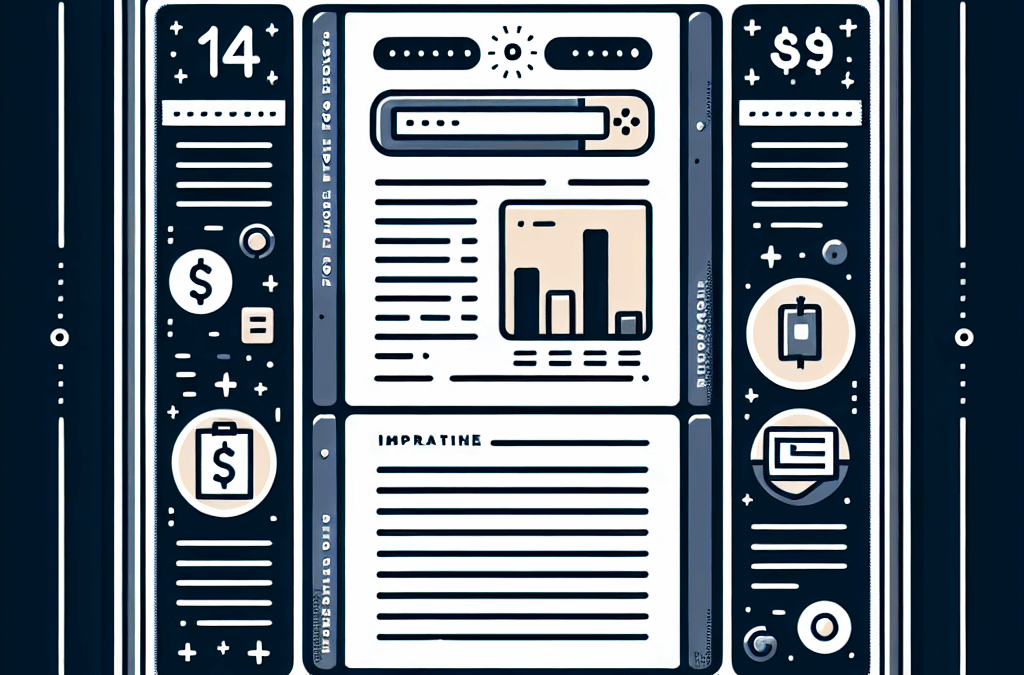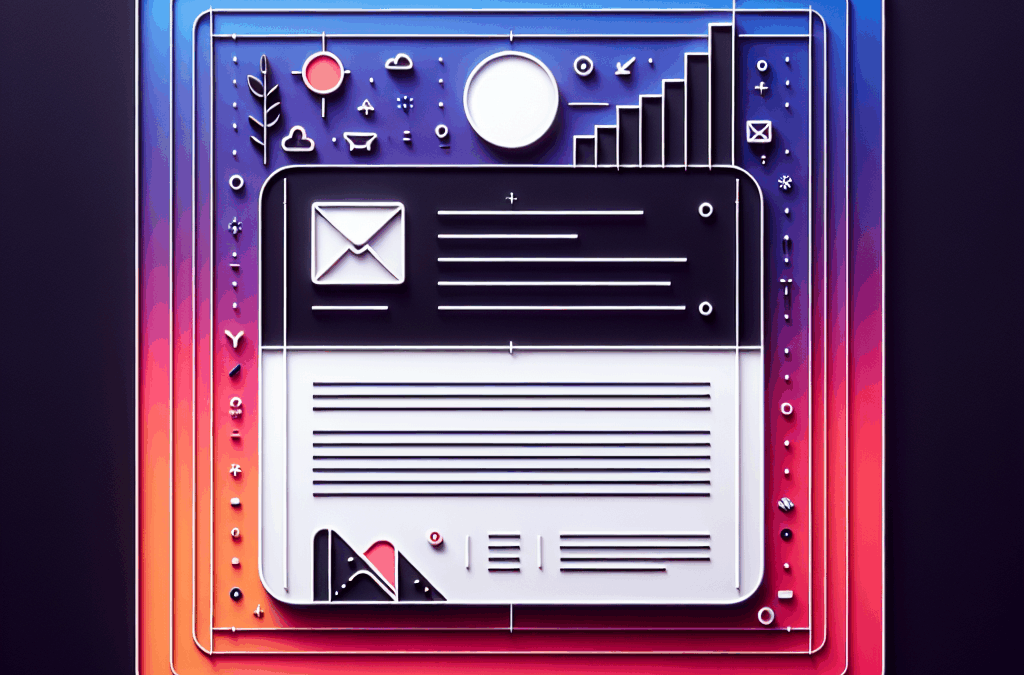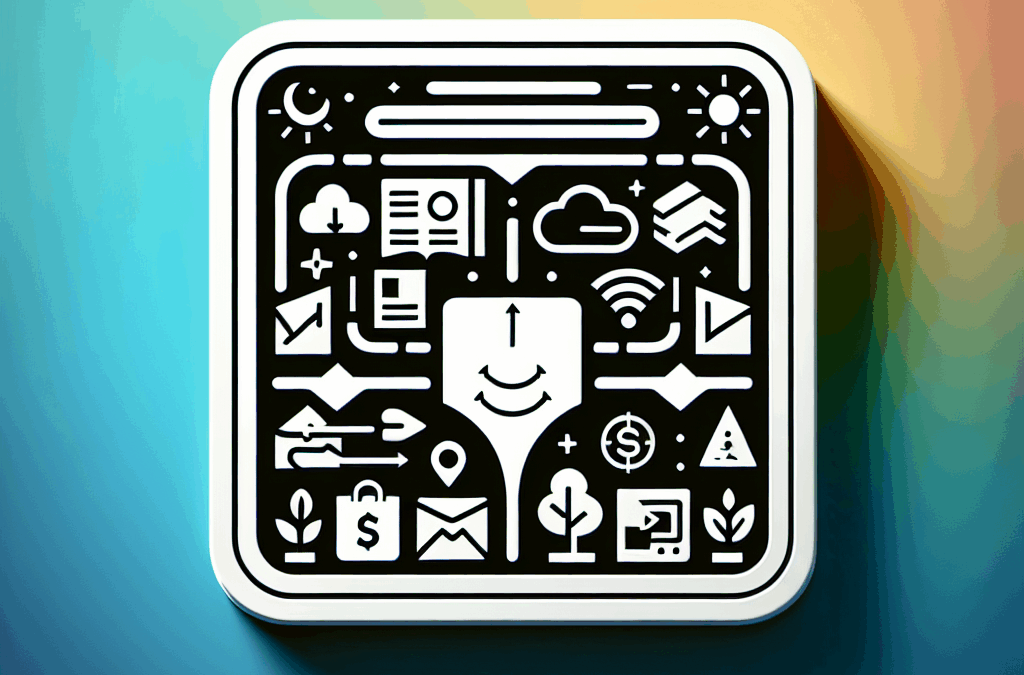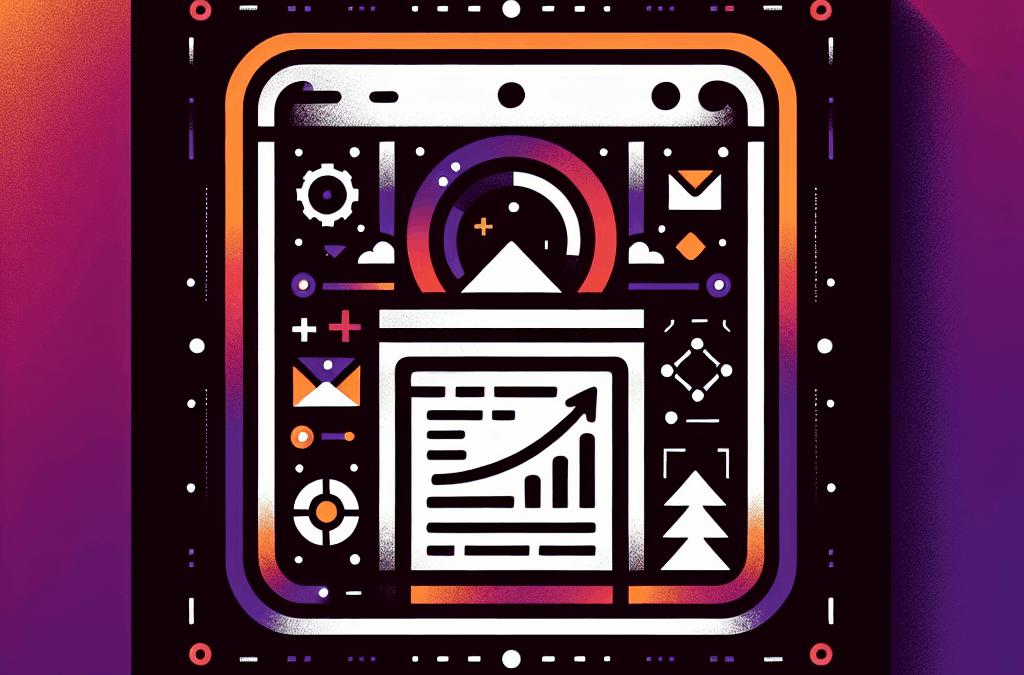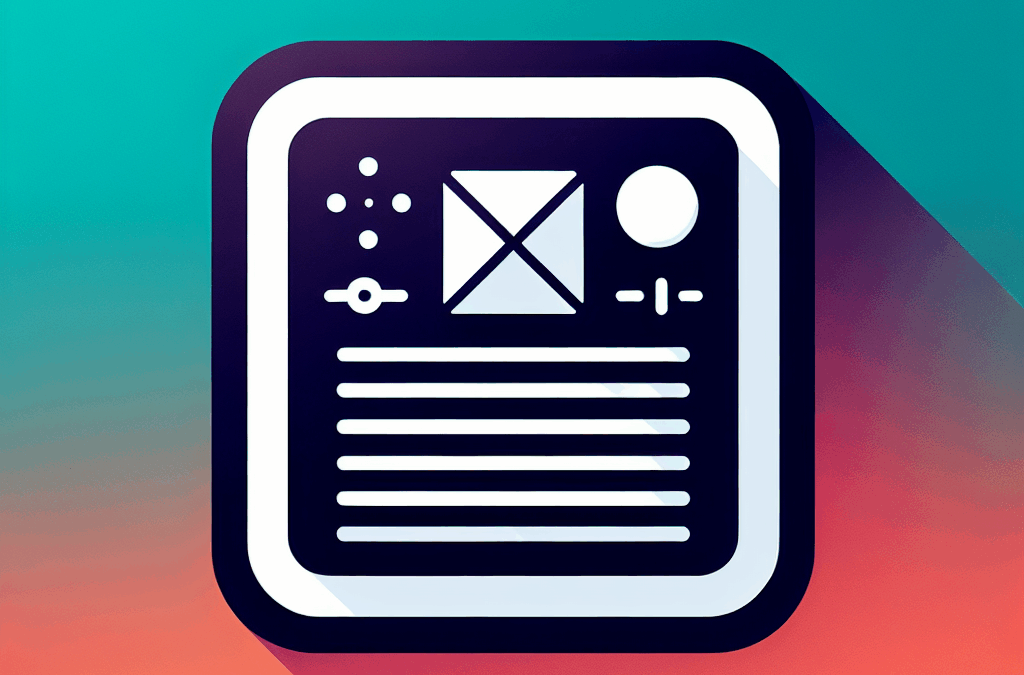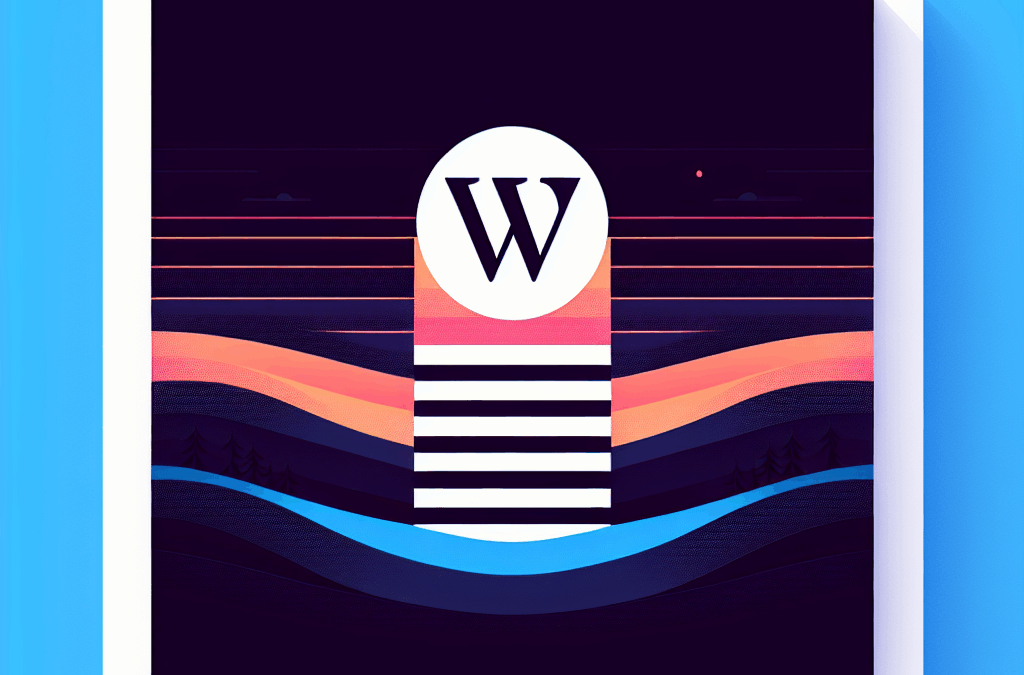As a small business owner in South Texas, you know that having a functional website can make all the difference in attracting customers and building your brand. But with so many options available for creating and maintaining a website, it can be overwhelming to choose the right tech stack. At Ericks Web Design, we believe that understanding the technology behind your website is essential for your success. This guide will help you make informed decisions that align with your business goals.
What is a Tech Stack?
Before diving into the details, let’s clarify what we mean by "tech stack." A tech stack comprises the tools, frameworks, and programming languages used to create and manage your website. It consists of both the front-end (what your users see and interact with) and back-end (how your server and database function). Selecting the right tech stack can impact your site’s performance, security, scalability, and ultimately, user experience.
Why Tech Stack Matters for Small Businesses
For small businesses in McAllen, Texas, the right tech stack can pave the way for growth. A well-chosen tech stack ensures that your website functions smoothly, meets customer expectations, and effectively captures leads.
Real-Life Example:
Imagine you run a local taco shop, “Tacos El Rey.” You want your website to allow customers to view the menu, order online, and find your location easily. If you chose complex systems that aren’t user-friendly, customers may get frustrated and look elsewhere, affecting your bottom line.
Understanding Your Website Goals
Before selecting a tech stack, you must first define your website goals. Ask yourself:
- What do you want your website to achieve?
- Is it primarily for informational purposes, or do you want to set up an e-commerce store?
- Are there specific functionalities you need?
- Consider features like booking systems, customer reviews, or a blog.
- Who is your target audience?
- Understanding your audience will help you choose tools that improve their experience.
Real-Life Example:
If you’re a real estate agent in Edinburg looking to showcase listings, you may need a tech stack that supports high-quality images and easily navigable listings. Conversely, a dentist’s office might benefit from integrating appointment booking and patient form submissions.
Key Elements of a Tech Stack
Once you have clarified your goals, let’s break down the essential elements of a tech stack you should consider.
1. Front-End Technologies
This is what users interact with when visiting your site. Common front-end technologies include:
- HTML, CSS, and JavaScript: The basics for any website.
- Frameworks like React or Angular: These can enhance interactivity and user experience, making your site more engaging.
Real-Life Example:
If you’re a boutique owner in McAllen, using a front-end framework like Bootstrap can speed up the design process, allowing you to showcase your clothing line beautifully.
2. Back-End Technologies
The back end is where the “magic” happens—managing databases and handling user requests. Decide which back-end language suits your business model:
- PHP: Widely used for building dynamic websites.
- Node.js: Excellent for real-time applications, ideal if you plan to include live chat on your site.
Real-Life Example:
If your auto repair shop offers real-time updates on vehicle status, Node.js may provide the responsiveness you need to keep customers in the loop.
3. Content Management Systems (CMS)
A CMS makes it easier to manage your website without deep technical knowledge. Popular options include:
- WordPress: Highly user-friendly and versatile for all kinds of businesses.
- Shopify: Tailored for e-commerce, making it straightforward to manage online sales.
Real-Life Example:
A local bakery, “La Pastelería,” might prefer WordPress to frequently update their cake designs and special offers without needing to hire a developer every time.
Scalability and Future Growth
As your business grows, your tech stack should be able to support that growth. Ensure that the technologies you choose can scale with your needs.
- Hosting Options: Consider managed hosting solutions like WP Engine or DigitalOcean that can accommodate spikes in traffic, especially during promotional seasons.
- Flexibility: Opt for a stack that allows for easy updates and integrations as market trends change.
Real-Life Example:
If you start with a basic site for your hair salon and later wish to incorporate online booking and payment systems, a robust tech stack will make the transition seamless.
Conclusion: Let Us Help You Choose!
Choosing the right tech stack is crucial for achieving your website goals. Whether you’re a food truck owner looking to expand your customer base or a local accountant wanting to enhance your online presence, Ericks Web Design is here to help you navigate the options and find the perfect fit for your needs.
Call to Action
Ready to take the next step in improving your online presence? Sign up for a free consultation with Ericks Web Design today! Our friendly team in McAllen, Texas, is eager to listen to your needs and tailor a tech stack that aligns with your business goals. Don’t wait—let’s build the website of your dreams together!
Make your website a powerful tool that aligns with your business goals today!
Web Development
